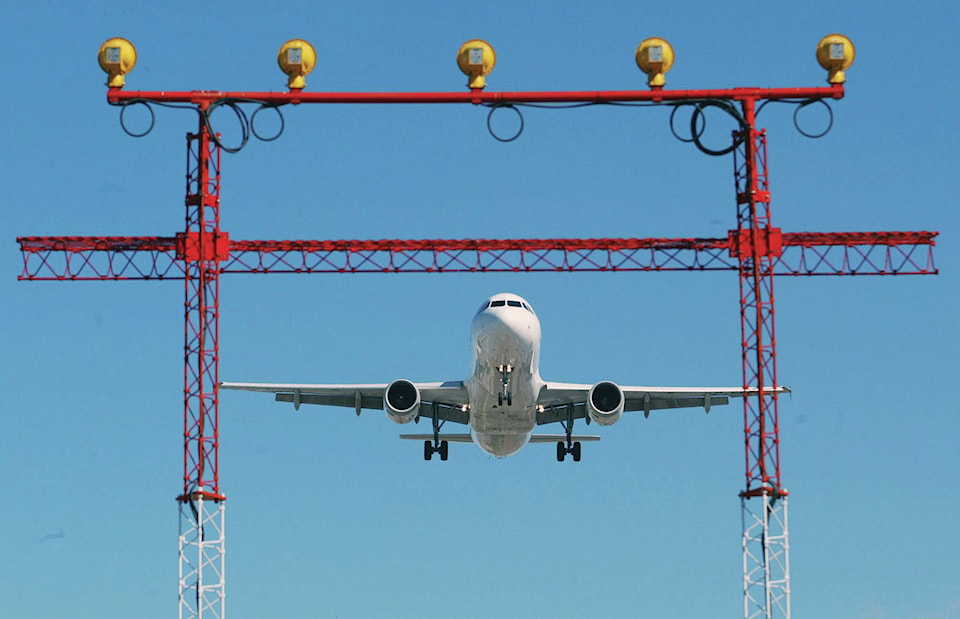TORONTO — A poorly laid out runway complex and pilots distracted by required tasks have led to potentially catastrophic situations at Canada’s busiest airport, federal safety authorities said on Thursday.
The finding comes from an investigation into 27 runway incursions at Toronto’s Pearson International Airport in which a landing plane either taxied onto, or almost taxied onto, a live runway despite explicit warnings from air traffic control — the equivalent of a distracted motorist blowing or almost blowing a stop sign.
“The incursions examined in this report involved flight crews who had been instructed to hold short, who had accurately read back that instruction, who understood they needed to stop, and who understood they were approaching an active runway,” said Kathy Fox, chairwoman of the Transportation Safety Board of Canada.
“However, despite those factors, these flight crews did not recognize the visual cues that identified the runway holding position, and so they didn’t stop as required.”
Most incidents involved American regional carriers but large Canadian jets were also involved. In no case did a collision occur.
In almost all cases, air traffic controllers managed to get the pilots to stop in time but on three occasions, the landing planes ended up on a departing runway. In one of those cases, the departing aircraft was waiting to begin its takeoff, while in the other two, the planes were already airborne.
The probe into incidents that occurred between June 2012 and November 2017 cites two key factors for the risky situation: One relates to Pearson’s unique layout of taxiways connected to two of the airport’s five runways in an area known as the South Complex. The other concerns operating procedures for pilots after landing.
In terms of layout, the probe finds that an outer runway exits via taxiways that cross a parallel inner runway. Lines on the taxiways indicating where the aircraft should “hold short” or stop are located after a curve and are further from the second runway than usual.
“These uncommon features mean that the hold-short lines are not where crews are expecting to see them, and, combined with crews who aren’t familiar with the exits, and relatively fast regional jet taxi speeds, this reduces the chance that crews recognize the lines in time to stop before incurring on the runway,” said Ewan Tasker, an air investigations manager with the board.
The investigation notes that operating procedures require pilots to perform post-landing checks as soon as they leave the runway — leaving flight crews distracted at a critical junction.
